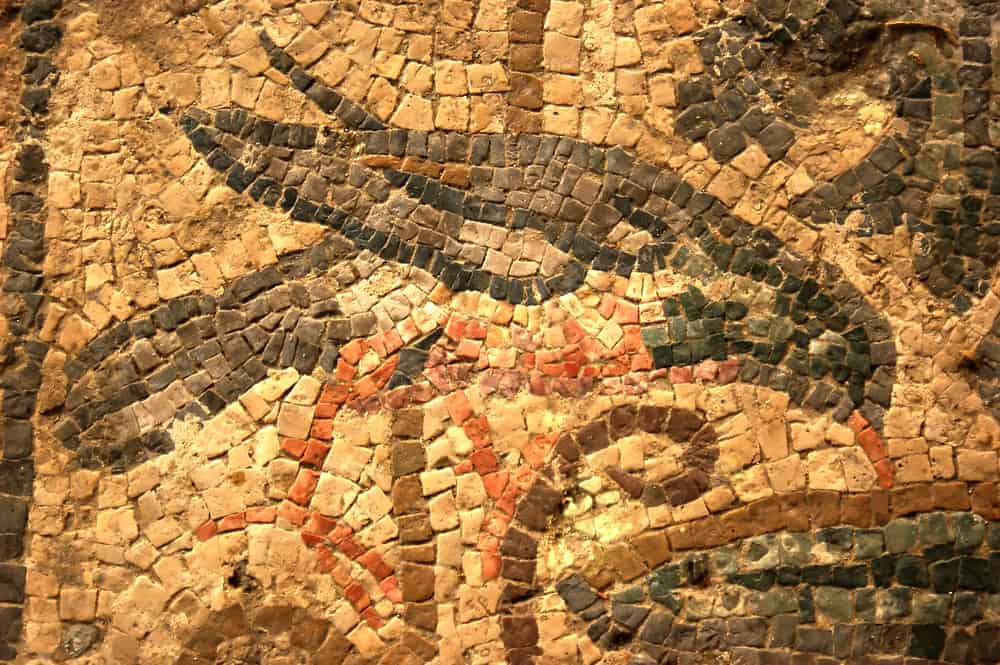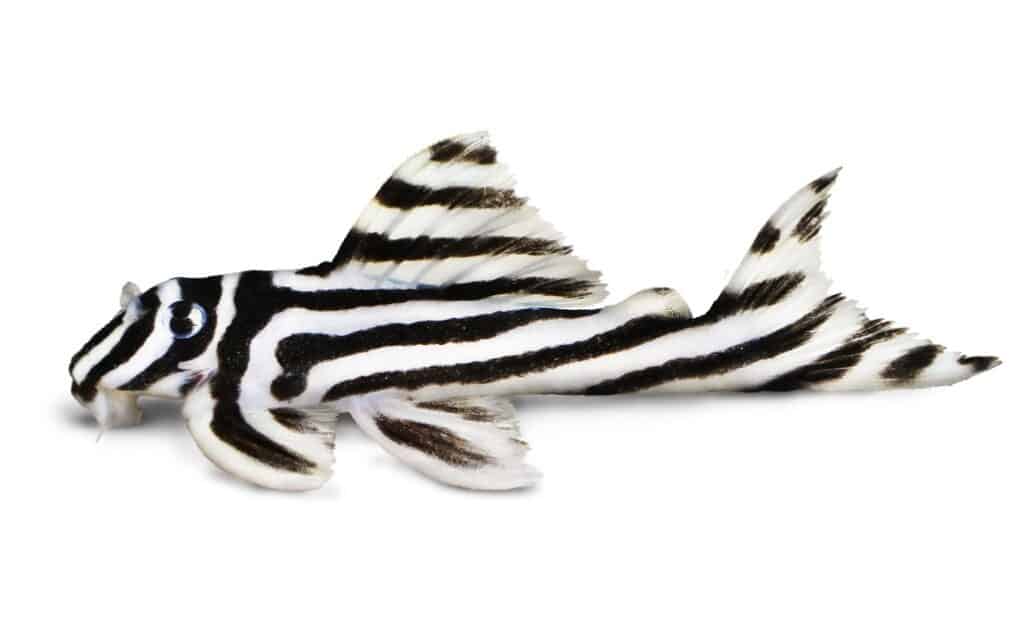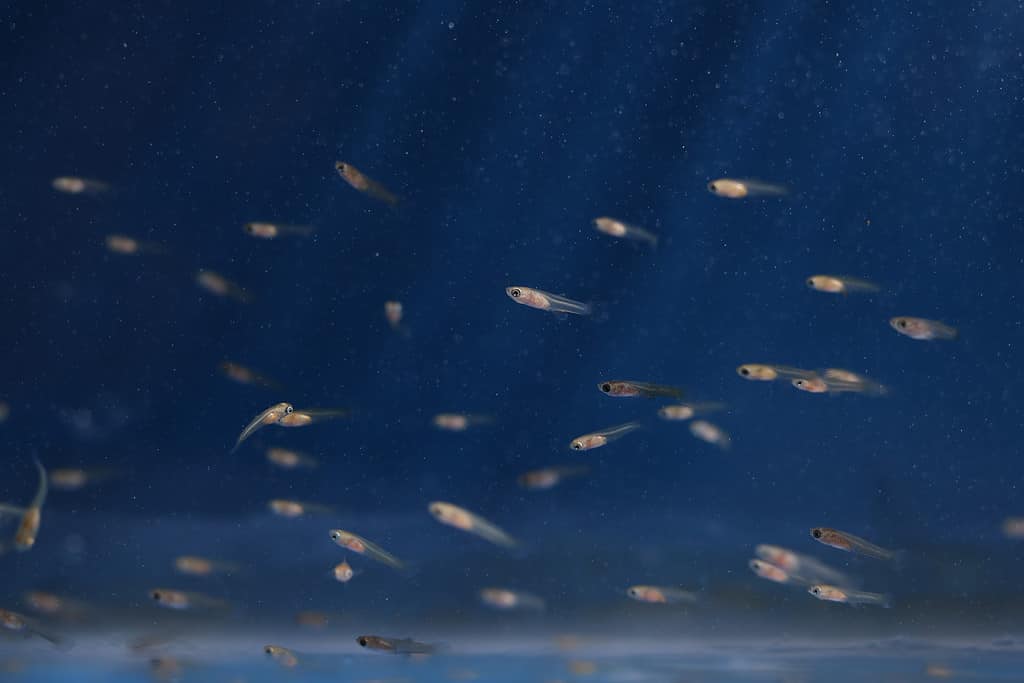Sentinel species are like nature’s alarm system, warning us about potential dangers or environmental changes. Scientists and communities can work together to improve our world by paying attention to these animals.
Follow along as we reveal some of the biggest players in the sentinel science scene. From expressive zebrafish to tiny plants like lichen, there’s much to learn about these remarkable creatures and their ability to safeguard our planet.
What are sentinel species, and why are they important? Read on to find out!
Sentinel Species You Should Know About

Household pets can serve as sentinel species, warning us about dangers in our household environments.
©iStock.com/Okssi68
Sentinel species help scientists keep an eye on the environment. There are land mammals, insects, invertebrates, marine mammals, amphibians, and more!
Here are a few of the biggest players in the sentinel scene that you should know about:
Land Mammals
- Cats
- Dogs
- Mice
- Rats
- Snowshoe Hares
Marine Mammals
- Seals
- Dolphins
- Whales
- Birds
Birds
- Bald Eagle
- Osprey
- Peregrine Falcon
- American Robin
Fish
- Zebrafish
- Medaka fish
- Fathead minnow
Amphibians
- American Bullfrog
- Eastern Hellbender
- Golden Mantella
- Red-legged Frog
Insect Groups
- Honey Bees
- Butterflies
- Dragonflies
- Ladybugs
- Beetles
Mollusks
- Mussels
- Oysters
- Clams
- Snails
Invertebrates
- Coral Reefs
- Oysters
- Octopuses
- Sea Urchins
There are even sentinel plant species, like lichen. Lichen is a special organism that grows on rocks and trees. It is very sensitive to air pollution. By studying the health of lichen, scientists can understand the quality of the air and if there are any harmful pollutants present.
What Are Sentinel Species?

If honey bees’ numbers go down, it’s another indicator of environmental change.
©iStock.com/Inventori
Sentinel species have a special ability to monitor environments. These animals can either live naturally in a given environment. For instance, we can monitor fish occurring in their natural environment. If the fish are sick, researchers take it as a sign there’s something harmful in the water.
Another example would be honey bees; if their numbers go down, it’s another indicator of a change in the environment.
Frogs are another good natural example. Scientists often keep a close eye on frog populations. If they notice that the number of frogs is going down or that the frogs are not healthy, it’s a warning sign that something might be wrong with the environment.
Sentinel species can also be deliberately placed somewhere to assess the effects of suspected toxins. A famous example is the canary bird that coal miners would bring into the mines. If dangerous gases were in the mine, the canary would die, warning the miners to leave. Thankfully, this inhumane use isn’t in action today.
Why Do Sentinel Species Matter?
Why do sentinel species matter? Because they help us with things like:
- Identifying human health risks
- Identifying contamination of the food chain
- Determining environmental contamination
- Identifying adverse effects on animals
- Studying the patterns of disease under field conditions (epidemiology)
Sentinel species live all over the place. Habitats range from fields and farms to bodies of water and even human homes. The animals can either be native to these environments or be introduced into them for the study.
Choosing a Sentinel Species to Study

Some of the best sentinel species to study are ones that have physiological or behavioral changes.
©bezikus/Shutterstock.com
How do scientists choose what species to watch or place? The choice of species is important and depends on several factors. Researchers consider the animal’s sensitivity or resistance to the toxic agent. They also have to measure the creature’s ability to accumulate the agent in its tissues.
Finally, there’s the need for physiological or behavioral changes in response to the agent. In other words, scientists have to be able to measure the change. For example, some animals might die quickly upon exposure to a toxin, signaling a problem. Or their appearance might change.
The results aren’t always fast. These studies can become lengthy depending on the species’ resistance to the toxins. Some studies take minutes; others take years. The longer studies happen when species are resistant to the toxin in the environment. As a result, they must be monitored over longer periods to study the non-lethal effects or substance accumulation.
History of Sentinel Species

An ancient Roman mosaic possibly illustrating Aesop’s fable of the crow.
©mountainpix/Shutterstock.com
Animals and humans share the same air, water, and food supply. That’s why, historically, people have relied on animals to warn them about environmental dangers. Animals help us learn about potential predators, poisons, and weather changes.
During Roman times, there was an awareness of the relationship between animals and the environment. They recognized that animals, such as dogs and grazing ungulates, displayed behavioral changes when encountering contaminated food or water sources. By observing these animal responses, they learned about which plants were toxic or which water sources were unsafe for consumption.
But their observations didn’t stop there. The Romans were also attentive to unusual animal deaths. Such incidents prompted them to investigate the causes and take necessary precautions to protect themselves and their communities.
Sentinel Stories: When Species Save Lives

Historically, cats have been a sentinel species humans can rely on for information about the environment.
©Patricia Tureay/Shutterstock.com
During the 1950s, in a town called Minamata in Japan, people noticed cats, and other animals, acting strangely. They were jumping around uncontrollably. This strange behavior helped people realize that the water in the area was polluted with a dangerous chemical called methylmercury. The cats acted as sentinels, warning the people about the pollution.
Why Zebra Fish Are Ideal Sentinels

Zebrafish have similar biology to humans, so what affects them might also affect us.
©iStock.com/Mirko_Rosenau
You are a lot more like a zebrafish than you might think! Zebrafish have similar biology to humans, so what affects them might also affect us. This makes them a valuable model for understanding the impact of environmental changes on human health.
Zebrafish are also fantastic sentinels for detecting environmental change. They have a wide geographic distribution, which means they can be found in many different places around the world. This is important because different areas may have different environmental conditions. They also reproduce quickly, which means scientists can study them in large numbers and get results faster.
When they’re not doing well, zebrafish show it. In a study conducted in India, scientists compared wild zebrafish from two locations. The first location was a rural environment with clean water. The second location was an urban environment with polluted water. The researchers found that the zebrafish from the polluted urban environment were smaller, less active, and had different body shapes than those from the rural environment.
The Guppy Study

Sentinel species, like guppies, can also help with pesticide studies.
©Tio Gian/Shutterstock.com
Sentinel species can also help with pesticide studies. Scientists need to understand how pesticides affect different organisms to protect the environment and the animals that live in it.
In this study, scientists wanted to understand how a pesticide called chlorpyrifos can affect a specific enzyme in guppies. What did they discover? It turns out the pesticide chlorpyrifos did indeed impact the guppies, causing a decrease in their enzyme activity. This study shows that even small amounts of pesticides can have an impact on the enzymes in fish, which are important for their overall health.
The photo featured at the top of this post is © Damsea/Shutterstock.com
Thank you for reading! Have some feedback for us? Contact the AZ Animals editorial team.






